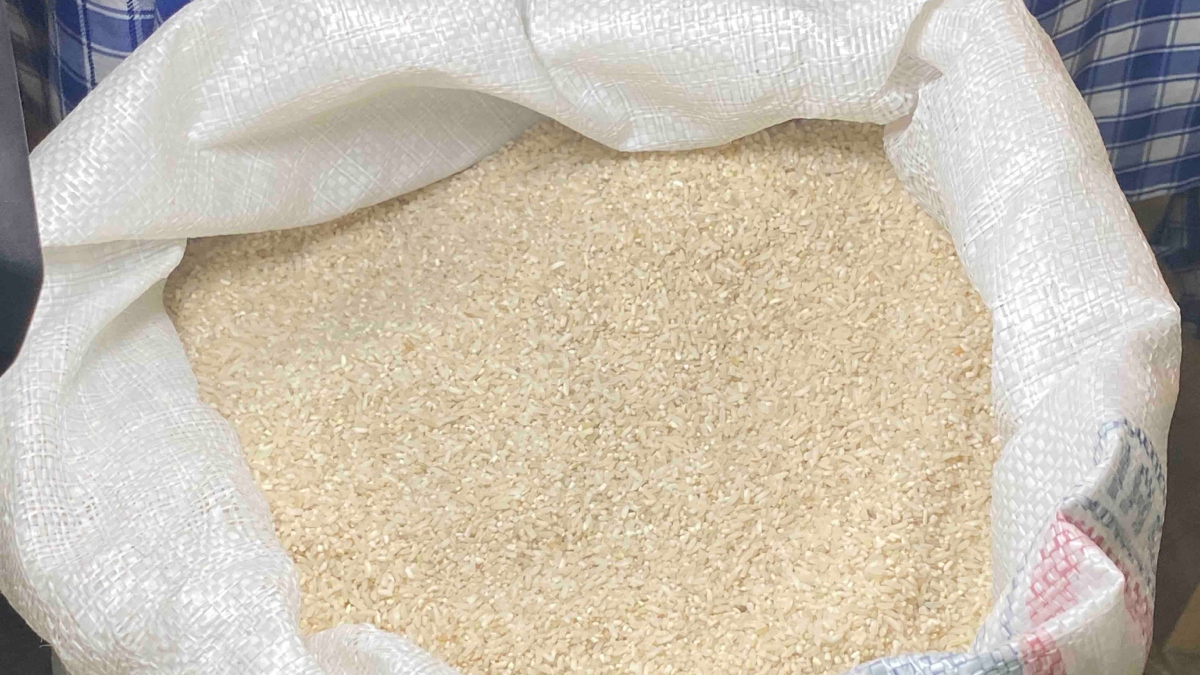The Marcos administration is set to pour as much as ₱12 billion into the initial rollout of its much-anticipated ₱20-per-kilo rice program, starting in the Visayas region and select Kadiwa ng Pangulo (KNP) stores in Metro Manila.
Agriculture Secretary Francisco Tiu Laurel confirmed in a Manila Bulletin report that the government has greenlit a ₱5-billion transfer from its contingency fund to Food Terminal Inc. (FTI), which will take the lead in sourcing rice from the National Food Authority (NFA) stocks. Of that amount, ₱4.5 billion will go toward buying rice, while ₱500 million will cover logistics and packaging.
To bring rice prices down to ₱20 per kilo—far below the current market price of ₱33—both FTI and participating local government units (LGUs) will each shoulder ₱6.5 in subsidies. This cost-sharing model puts the LGU contribution at another ₱4.5 billion.
Depending on public uptake, officials estimate the government may initially spend between ₱1 billion and ₱3 billion. That figure could climb further, especially with President Ferdinand Marcos Jr. ordering the program to continue until the end of his term in 2028.
Set to launch on May 1 in Cebu, the pilot run will extend to all Visayas regions, including the Negros Island Region, and is expected to benefit around 400,000 families. Each household may buy up to 40 kilos per month.
KNP stores in eight Metro Manila locations will also begin selling the ₱20 rice starting Friday, pending final approval from the Commission on Elections (Comelec) for LGU involvement during the election spending ban.
Despite concerns over the high subsidy cost, Laurel defended the initiative by pointing to similar rice support programs in countries like Indonesia, Malaysia, Japan, China, and India. He added that the program could have started sooner if not for past challenges in global rice prices and low NFA reserves.
With harvest season peaking, the NFA’s palay stocks have reached 378,157 metric tons—its highest in five years. The government aims to boost this to 500,000 metric tons by year-end to sustain the supply.
If successful, the pilot will set the stage for a nationwide launch by January 2026.






